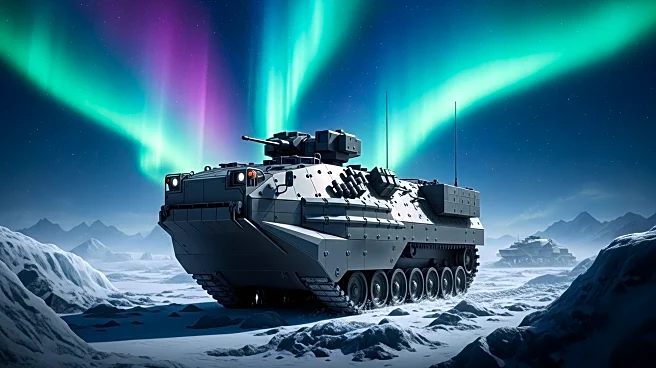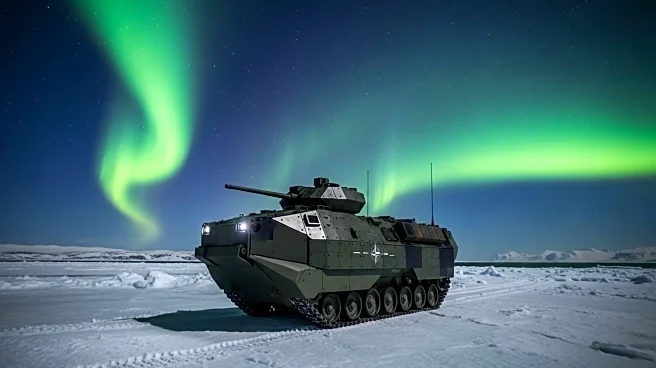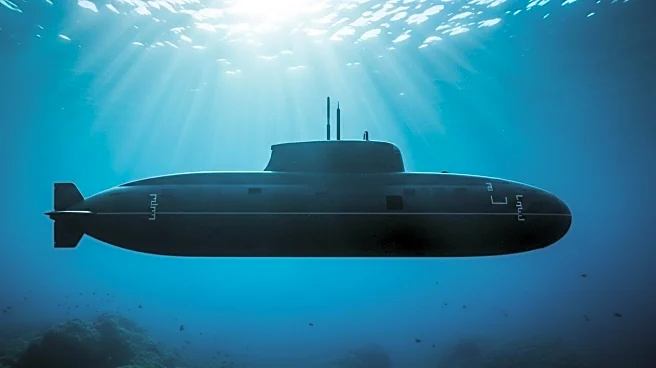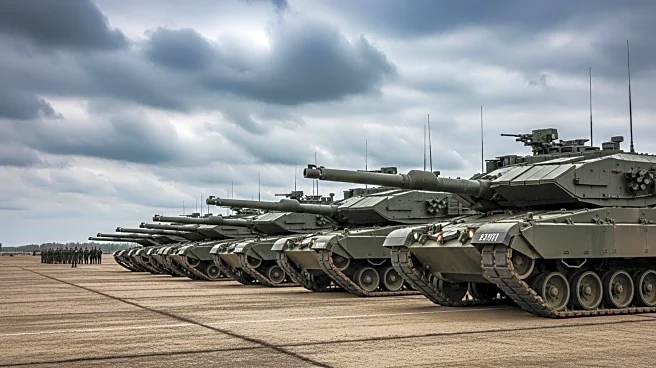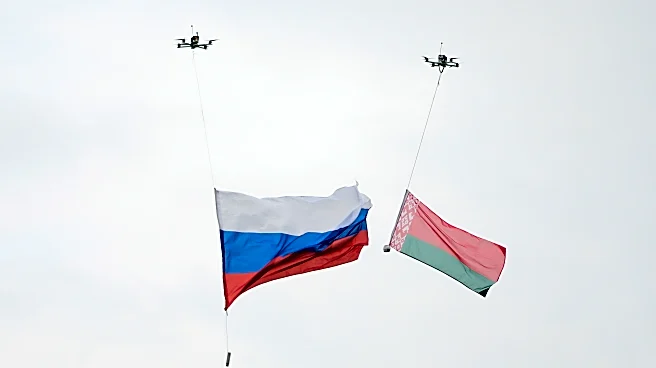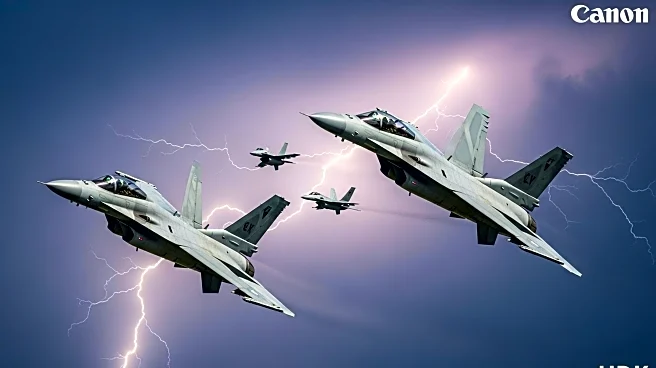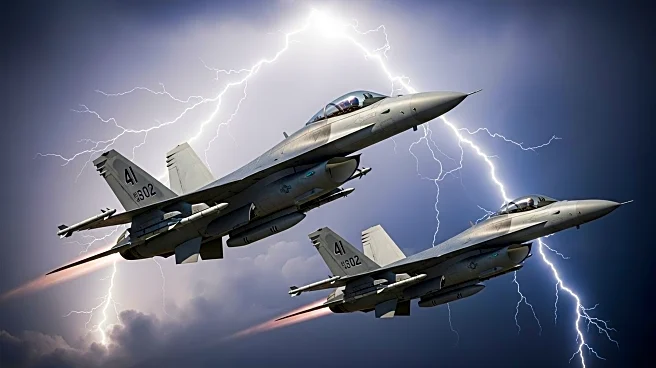What's Happening?
NATO is enhancing its amphibious capabilities in the High North to address increasing threats from Russia. This strategic move comes after three years of conflict in Ukraine and recent provocations, including Russian drones being downed over Poland and naval interceptions by Estonia. The alliance is focusing on utilizing amphibious vessels to secure undersea cable infrastructure and sea lines of communication, which have been targeted by Russia. With the addition of Sweden and Finland, NATO now has nine member states operating amphibious ships, which are crucial for intelligence, surveillance, and reconnaissance operations in the Baltic region. These vessels are equipped with advanced technology for mine countermeasures and anti-submarine warfare, making them ideal for navigating complex environments and deterring Russian aggression.
Why It's Important?
The expansion of NATO's amphibious capabilities is significant in maintaining security and stability in the Nordic-Baltic region. As Russia continues to test NATO's defenses, the alliance's ability to project power at sea and protect critical infrastructure is crucial. Amphibious vessels offer a versatile and rapid response tool, enhancing NATO's readiness and interoperability. This development underscores the importance of collective defense and the need for advanced maritime strategies to counter potential threats. The integration of Swedish and Finnish capabilities further strengthens NATO's position, providing a robust deterrent against Russian incursions and ensuring the security of member states.
What's Next?
NATO's focus on amphibious operations in the High North is expected to continue, with ongoing exercises and training to improve readiness and integration into the alliance's command structure. The strategic use of these vessels will likely expand, offering new options for sea control and power projection. As tensions with Russia persist, NATO's commitment to defending its member states and maintaining regional stability will remain a priority. Future developments may include further technological advancements and increased collaboration among member states to enhance maritime security.
Beyond the Headlines
The emphasis on amphibious capabilities highlights the evolving nature of modern warfare, where versatility and adaptability are key. This approach not only addresses immediate threats but also sets the stage for long-term strategic shifts in NATO's defense posture. The focus on protecting undersea infrastructure and communication lines reflects the growing importance of cyber and information warfare in contemporary conflicts. As NATO adapts to these challenges, the alliance's ability to innovate and respond effectively will be crucial in maintaining global security.

